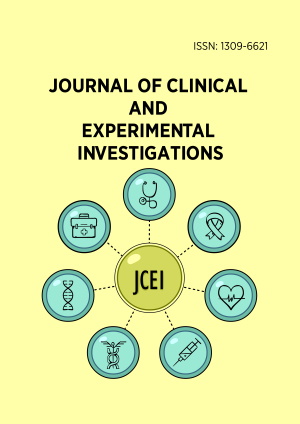Abstract
Objectives: Achromobacter xylosoxidans is an emerging pathogen in cystic fibrosis (CF) disease, although relatively limited is known about its clinical impact and optimal management. Pharmacodynamics such as post-antibiotic effect (PAE) are increasingly being applied to the design of antibiotic dosing regimens. In the present study, meropenem, doripenem, colistin, levofloxacin, tigecycline, tobramycin, and chloramphenicol were tested for their PAE.
Materials and Methods: The in vitro activities of meropenem, doripenem, colistin, levofloxacin, tigecycline, tobramycin, and chloramphenicol were determined by the microbroth dilution technique. To determine the PAEs, A. xylosoxidans strains in the logarithmic phase of growth were exposed for 1 h to antibiotics. Recovery periods of test cultures were evaluated using viable counting after centrifugation.
Results: The mean values of in vitro PAEs at 1xMIC and 4xMIC concentrations were 3.21 ± 0.66 and 3.58 ± 0.68 hours for colistin, 1.54 ± 0.46 and 2.27 ± 0.41 hours for levofloxacin, 2.34 ± 0.48 and 3.47 ± 0.64 hours for tobramycin, 1.72 ± 0.47 and 2.24 ± 0.41 hours for tigecycline 1.91 ± 0.14 and 2.13 ± 0.13 hours for chloramphenicol, respectively. The carbapenem antibiotics exhibited weak PAEs, as expected.
Conclusions: This study’s findings could have important implications for the timing of doses during antimicrobial therapy with tested antibiotics.
License
This is an open access article distributed under the Creative Commons Attribution License which permits unrestricted use, distribution, and reproduction in any medium, provided the original work is properly cited.
Article Type: Research Article
J Clin Exp Invest, Volume 11, Issue 4, December 2020, Article No: em00750
https://doi.org/10.5799/jcei/8294
Publication date: 21 May 2020
Article Views: 9212
Article Downloads: 1441
Open Access References How to cite this article
 Full Text (PDF)
Full Text (PDF)